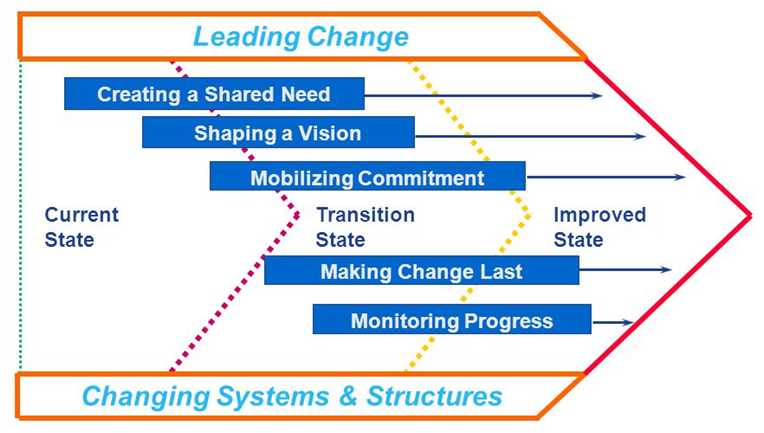Recently in a LEAN Six Sigma course I was facilitating, a few of the students asked how was I able to marshal commitment around the different questions and activities. It wasn't from my good lucks or charm, but it was from my CAP training. CAP or Change Acceleration Process is the process of moving from the Current State of a Process/Service/Product to an Improved State by catalyzing (speeding up) the Transition States. Organizations are able to accelerate the pace of necessary changes while allowing changes to be gauged based on desired outcomes.
Back in the early 1990's, General Electric (GE) introduced CAP training to its management and quality organizations. The change acceleration processes represented a group of tools that are used to help the change effort be accelerated toward a common goal. This process is otherwise known as CAP and it consists of seven steps and a number of different tools . These seven steps are:
Back in the early 1990's, General Electric (GE) introduced CAP training to its management and quality organizations. The change acceleration processes represented a group of tools that are used to help the change effort be accelerated toward a common goal. This process is otherwise known as CAP and it consists of seven steps and a number of different tools . These seven steps are:
- Leading Change
- Creating a Shared Need
- Shaping a Vision
- Mobilizing Commitment
- Making the Change Last
- Monitoring the Process of the Change Initiative
- Changing the Overall Systems and Structures.

So how does CAP relates to a Six Sigma Process?


